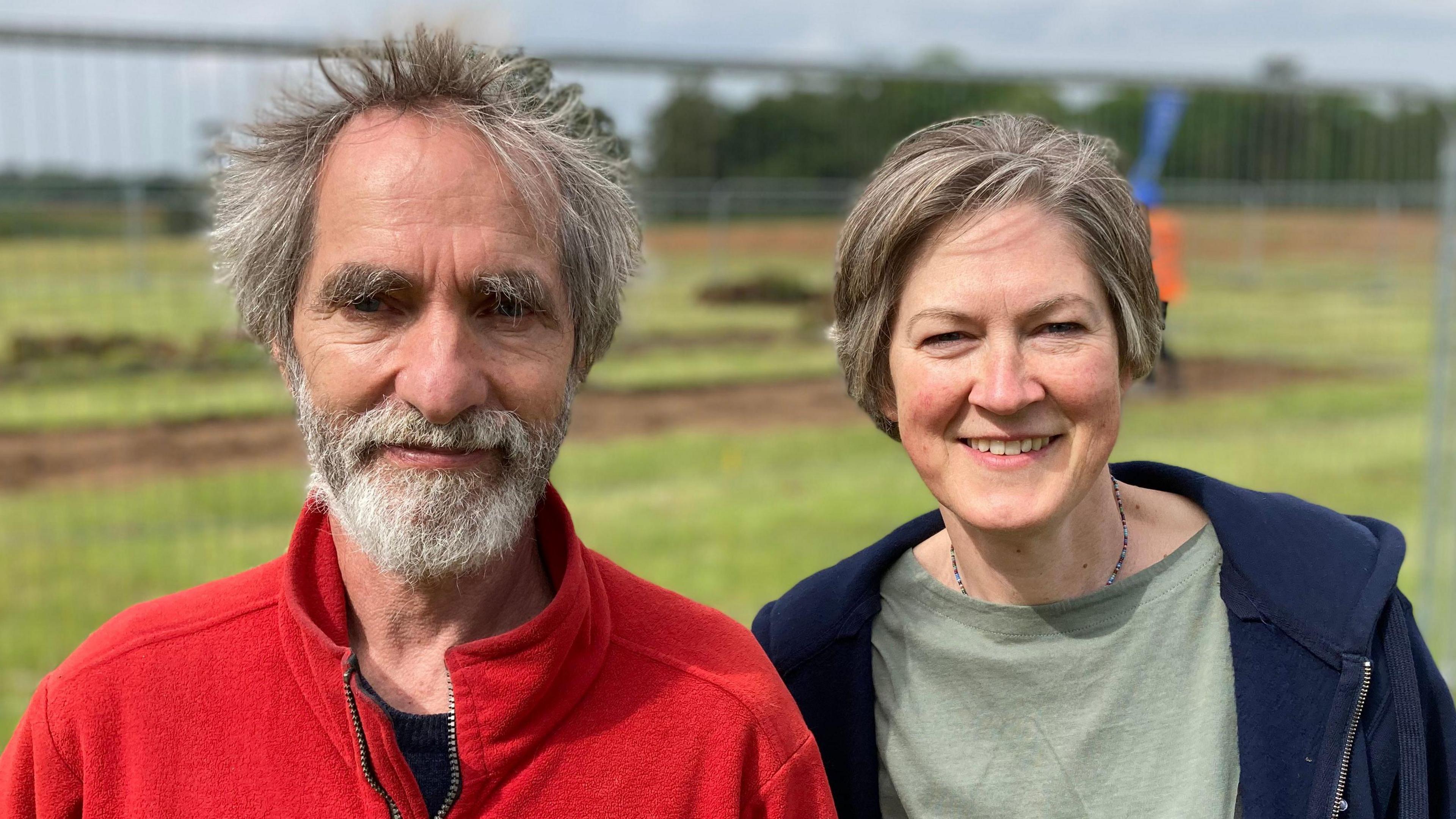Historian offers new theory for Sutton Hoo graves
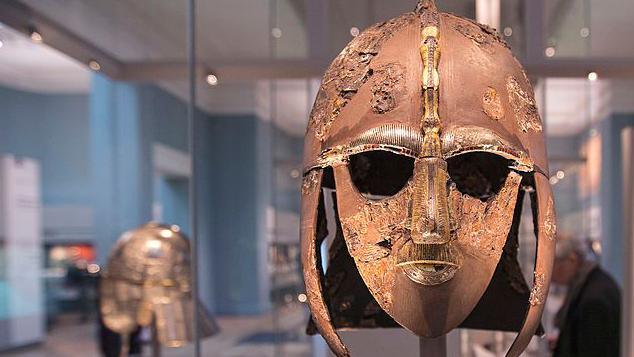
The Sutton Hoo helmet found during the initial excavation
- Published
The famous Sutton Hoo burial site may have also included graves of soldiers recruited by a foreign army, new research has revealed.
Helen Gittos, 50, an associate professor of early medieval history at the University of Oxford, has released a new research paper, external into the Anglo Saxon wonder near Woodbridge in Suffolk.
She has put forward a theory that those buried at Sutton Hoo could have been recruited by the Byzantine Army in the eastern Mediterranean in 575 AD, based on items found during excavations.
Angus Wainwright, regional archaeologist for the National Trust, said the team was "excited" scholars were still so interested in Sutton Hoo.

Dr Helen Gittos has offered a different way of looking at those who were buried at Sutton Hoo
During the Covid-19 pandemic, Dr Gittos examined distribution maps of copper items that travelled from the eastern Mediterranean region to eastern Britain around 600 AD.
She wondered why this could have happened and started her research.
Similar Byzantine items from the eastern Mediterranean had previously been been uncovered at Sutton Hoo in 1986, with more found in 2012.
Traditionally it has been thought these items had been gifted to those buried at the site, including royal kings of the region.
Sutton Hoo - first excavated by self-taught archaeologist Basil Brown in 1939 - is widely considered to be England's Valley of the Kings and the potential burial site of King Raedwald, a great king of East Anglia who died in AD624.
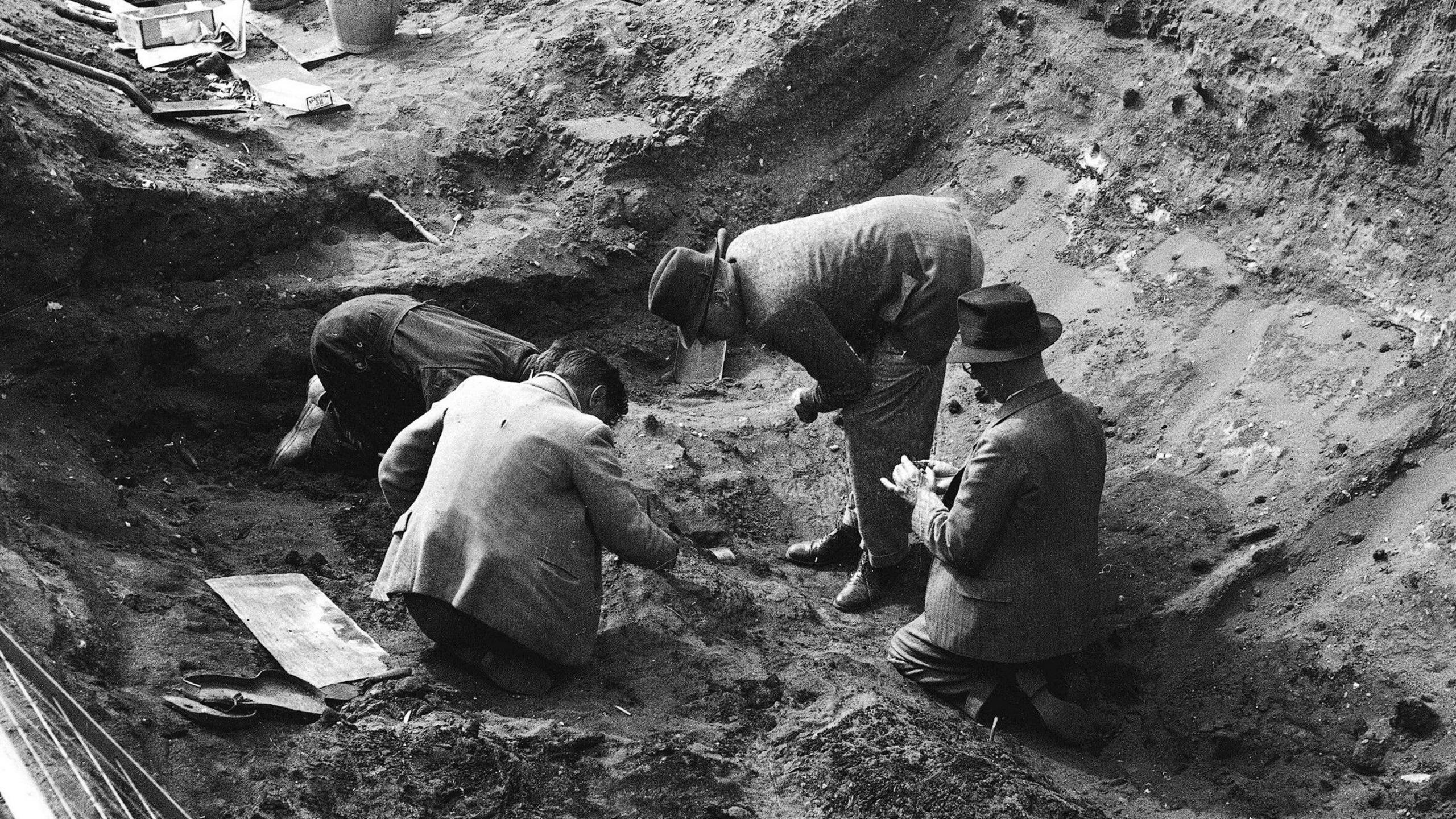
Archaeologists uncovered an Anglo-Saxon burial ship at Sutton Hoo thought to be related to King Raedwald in 1939
But Dr Gittos suggests Byzantine Army soldiers - recruited from the region in AD575 to fight in a war - may also have been buried there based on the items excavated.
"Some of them survived and brought back gifts, mementos, some of the things that they looted, and that's why they appear in their graves in eastern Britain," she explained.
"Normally we have thought about these as being diplomatic gifts - maybe they were brought to the grave site by people in modern day France or elsewhere to honour this king.
"But we find this material in lots of other graves too."
'Completely different way of thinking'
Dr Gittos acknowledged her research remained just a theory at this stage.
She explained it had not been properly considered that the Byzantine Army had recruited from Britain before, instead historians believing they hired men from Germany and France.
She added there was a "real temptation to underestimate how connected the world was in the early middle ages".
"I'm not saying that I can prove that this is so, but it is a completely different way of thinking about these men as being part of a much more connected world and I think that's something that fits with our current understanding about the early middle ages," she continued.
"People in eastern Britain were not cut off and isolated, they were part of these much more extended networks and influence.
"Recent work that has been going on in Sutton Hoo and nearby has shown this in other ways, that there are Byzantine coins and other things which indicate there are lots of other mechanisms going on, including trade, that these people were part of a much wider world."
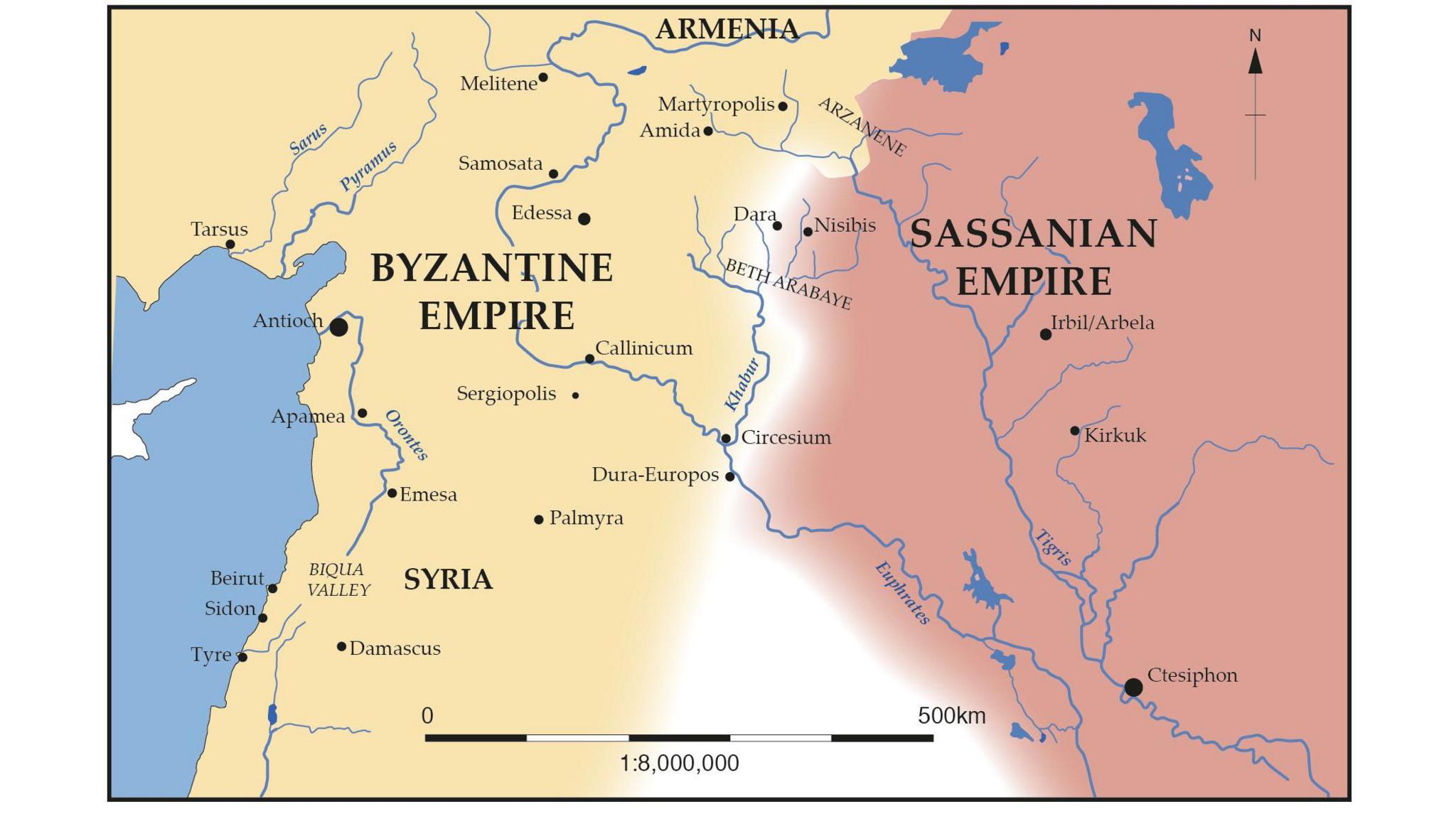
The Byzantine army was at war with the Sassanian Empire in the late 6th Century
Mr Wainwright told the BBC the team had been aware of Dr Gittos work and while Byzantine items had been found at the site before, Dr Gittos mercenary theory was new.
While he said it was a "perfectly possible" theory, he believed the Byzantine items were more likely gifts for the king of the region at the time.
"All but two of the graves at Sutton Hoo were robbed so we're dealing with little bits left behind by the grave robbers and they include bits of Byzantine objects," he explained.
"I don't think it's necessarily that the people in the grave were these mercenaries, although some of them might have been, but maybe there were mercenaries amongst the young men in the court of East Anglia who went out east, came back and gave their superior these rich gifts which would have been really glamorous things at the time in northern Europe."
He added that Sutton Hoo "always encouraged more research" around mysteries that still remained of the site and some artefacts found at the site could still be seen here by the public.
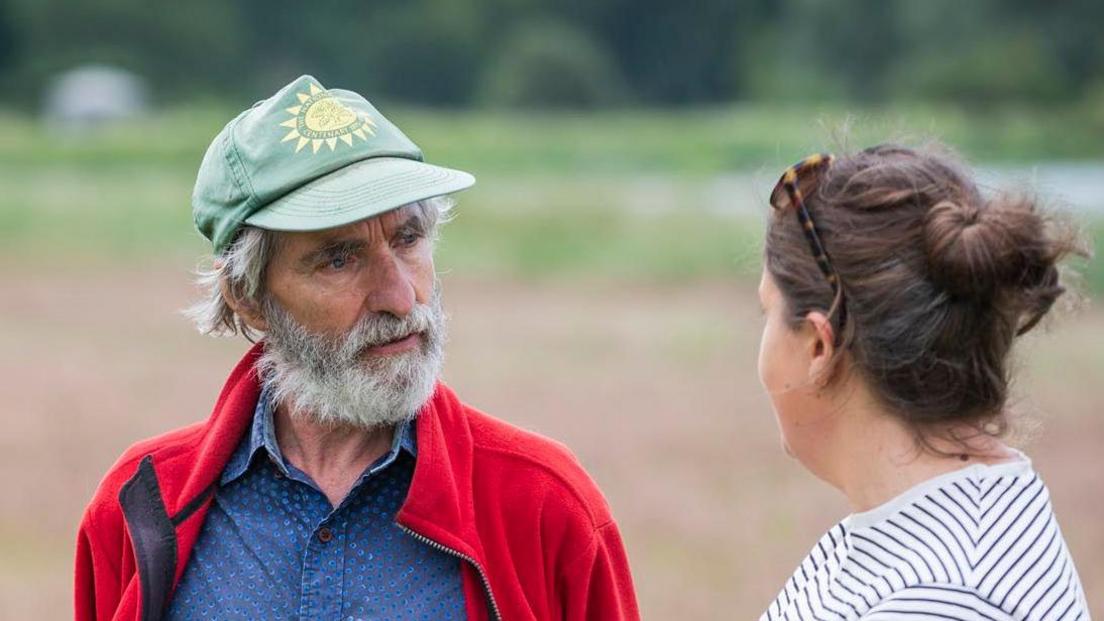
Archaeologist Angus Wainwright is heavily involved in projects at Sutton Hoo
Laura Howarth, archaeology and engagement manager at Sutton Hoo, added that whatever the origin of the items found at the site, it spoke "of a connection to an identity aligned with the Byzantine world and beyond".
Sue Brunning, curator of European Early Medieval and Sutton Hoo Collections at the British Museum, shared her thoughts on the research.
"This research offers exciting new possibilities for understanding Britain's connections to the wider world during the early medieval period," she said.
"The Sutton Hoo ship burial has long shown how objects could cross vast distances at this time, but Dr Gittos emphasises how people and ideas moved just as freely."
Time for a Sutton Hoo rethink?
Get in touch
Do you have a story suggestion for Suffolk?
Follow Suffolk news on BBC Sounds, Facebook, external, Instagram, external and X, external.
Related topics
More on Sutton Hoo
- Published14 December 2024
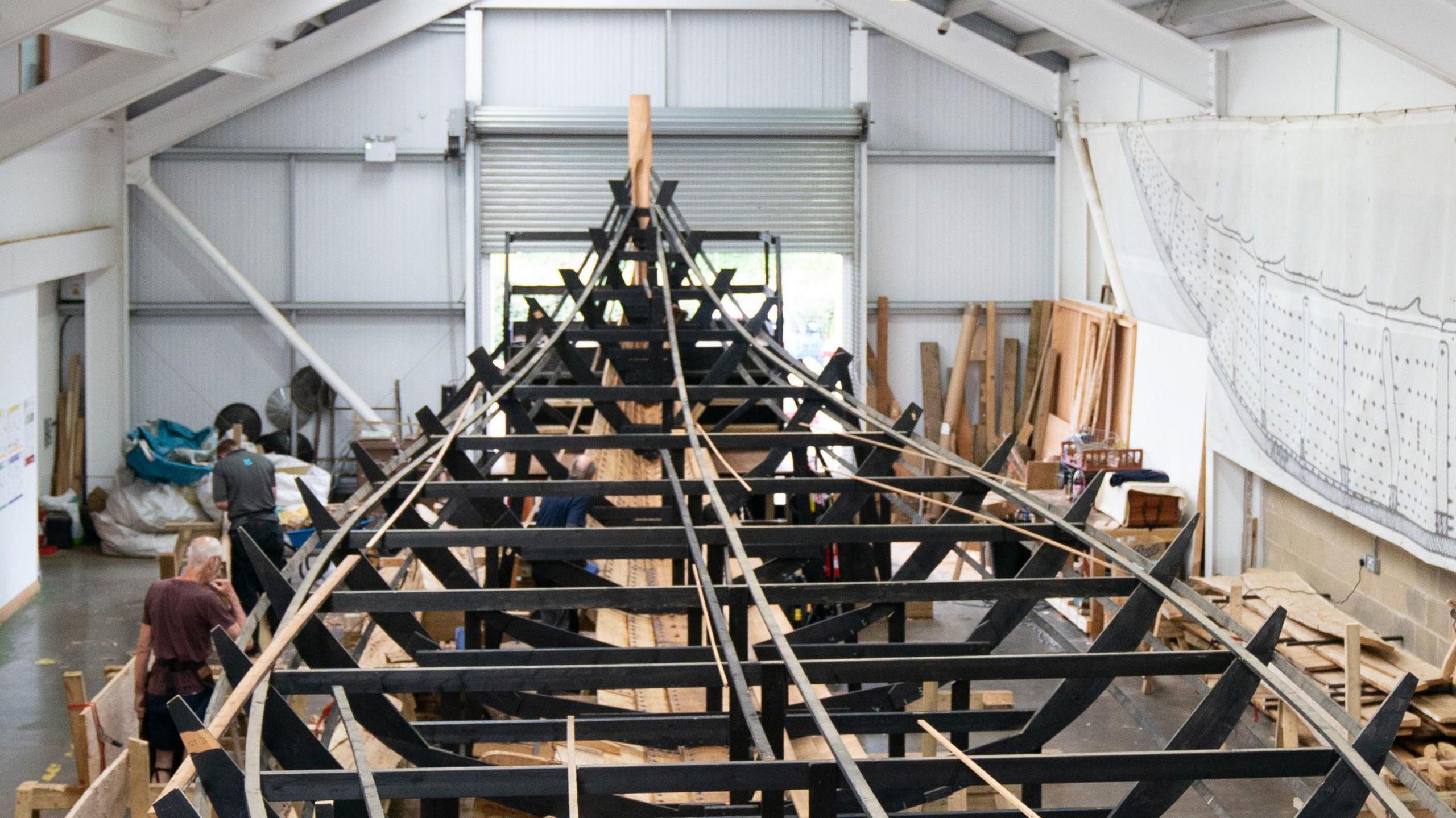
- Published23 October 2024
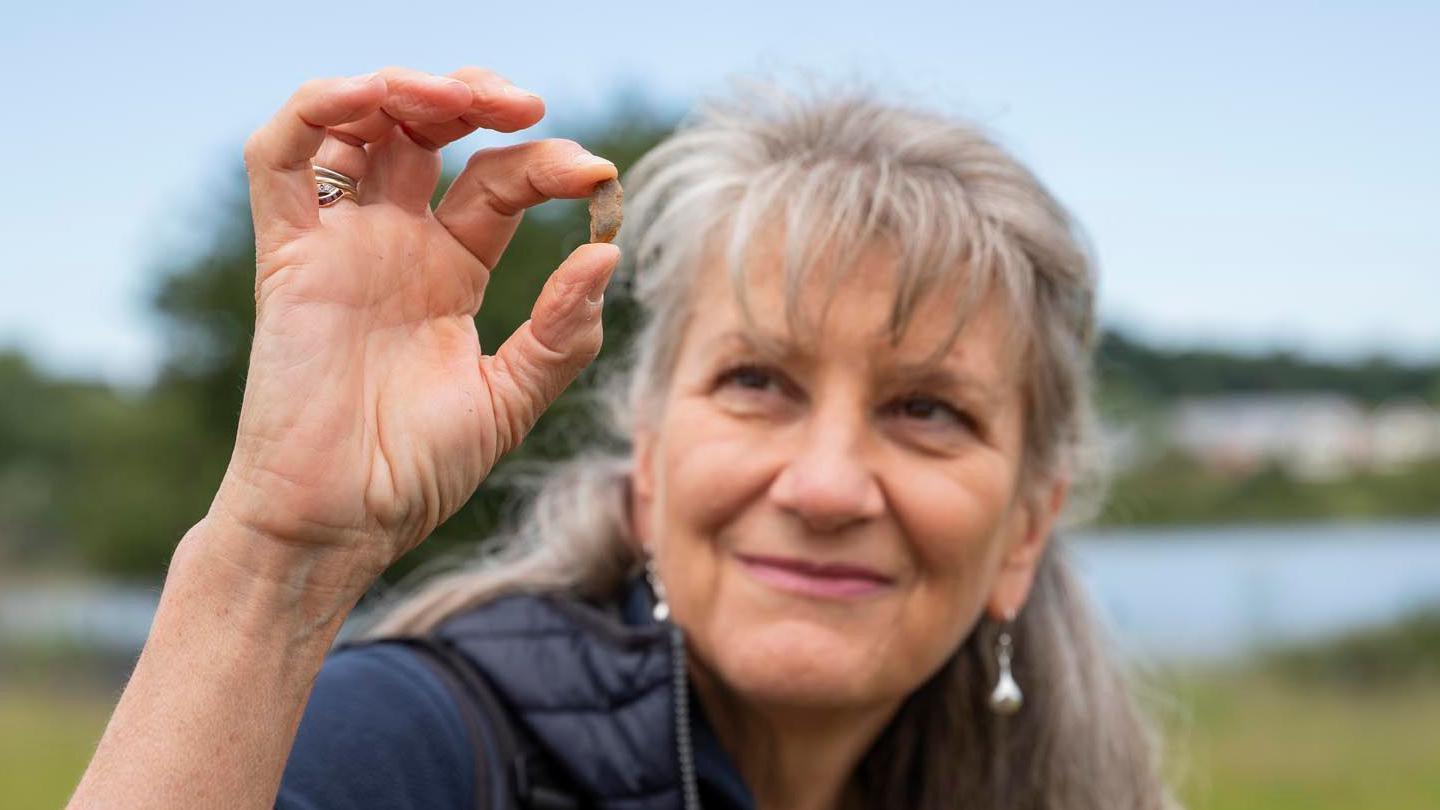
- Published28 June 2024
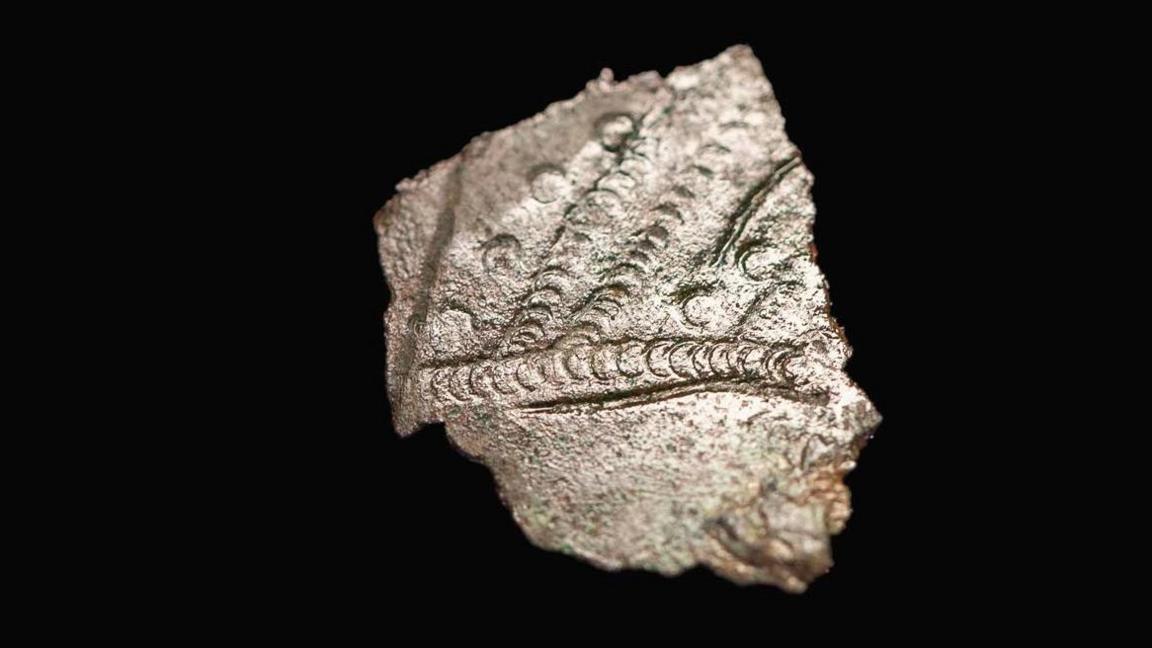
- Published5 June 2024
